This page is a stub. It will be expanded to a full-fledged article.
Philadelphia (Amman)
Q3805Philadelphia: orginal capital of the Ammonites, city in the Ptolemaic Empire, one of the towns in the Decapolis, modern Amman (Jordan).
Prehistory and Iron Age
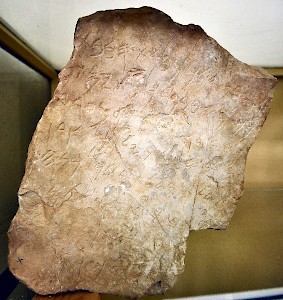
- Already occupied in the Neolithic Age: finds at Ayn Ghazel and the Citadel
- Late Bronze / Early Iron coffins at the site of the Royal Palace
- In the Iron Age occupied by the Ammonites, one the kingdoms on the east bank of the river Jordan (the other ones are Moab and Edom in the south; to the west were Judah and Israel); the site was known as Rabbat Ammon
- Fortifications at Rujm al-Malfouf in the west, perhaps against King David
- An inscription from the citadel of modern Ammon mentions the supreme god Milkom as ordering a city wall.
- Rise of Assyria
- 853 BCE Coalition at Qarqar
- In the third quarter of the eighth century forced to surrender to Tiglath Pileser III
 Amman, Raghadan Palace, Coffins |
 Amman, Iron Age II figurine |
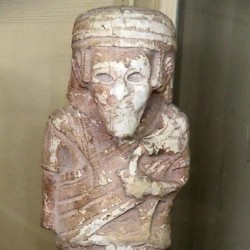 Amman, Statue of King Yerah Azar |
 Amman, Citadel, Statue of an Ammonite King |
Hellenistic Age
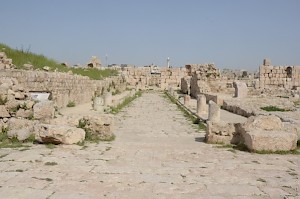
- Until 612 Assyrian, until 539 Babylonian, until 331 Persian
- Alexander the Great
- Nabataeans remain independent (source); in the end, the Ammonites become Ptolemaic
- Ptolemy II Philadelphus refounds the city, perhaps together with Scythopolis
- Tobiads
- Seleucids
- Temple of Heracles
Roman Age
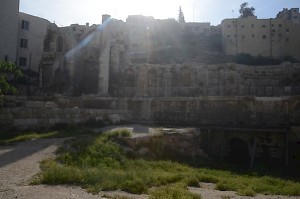
- Conquests of Pompey
- Mark Antony offers the city to Cleopatra VII
- Decapolis
- Forum with theater (6,000 seats) and odeon
- Nymphaeum with five apses
- Trajan: Benefits from annexation of Nabataea; important stop along the road
- Marcus Aurelius: Rebuilding temple of Hercules
Late Antiquity
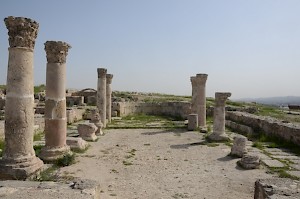
- Several churches
- Byzantine episcopal see
- Umayyad palace